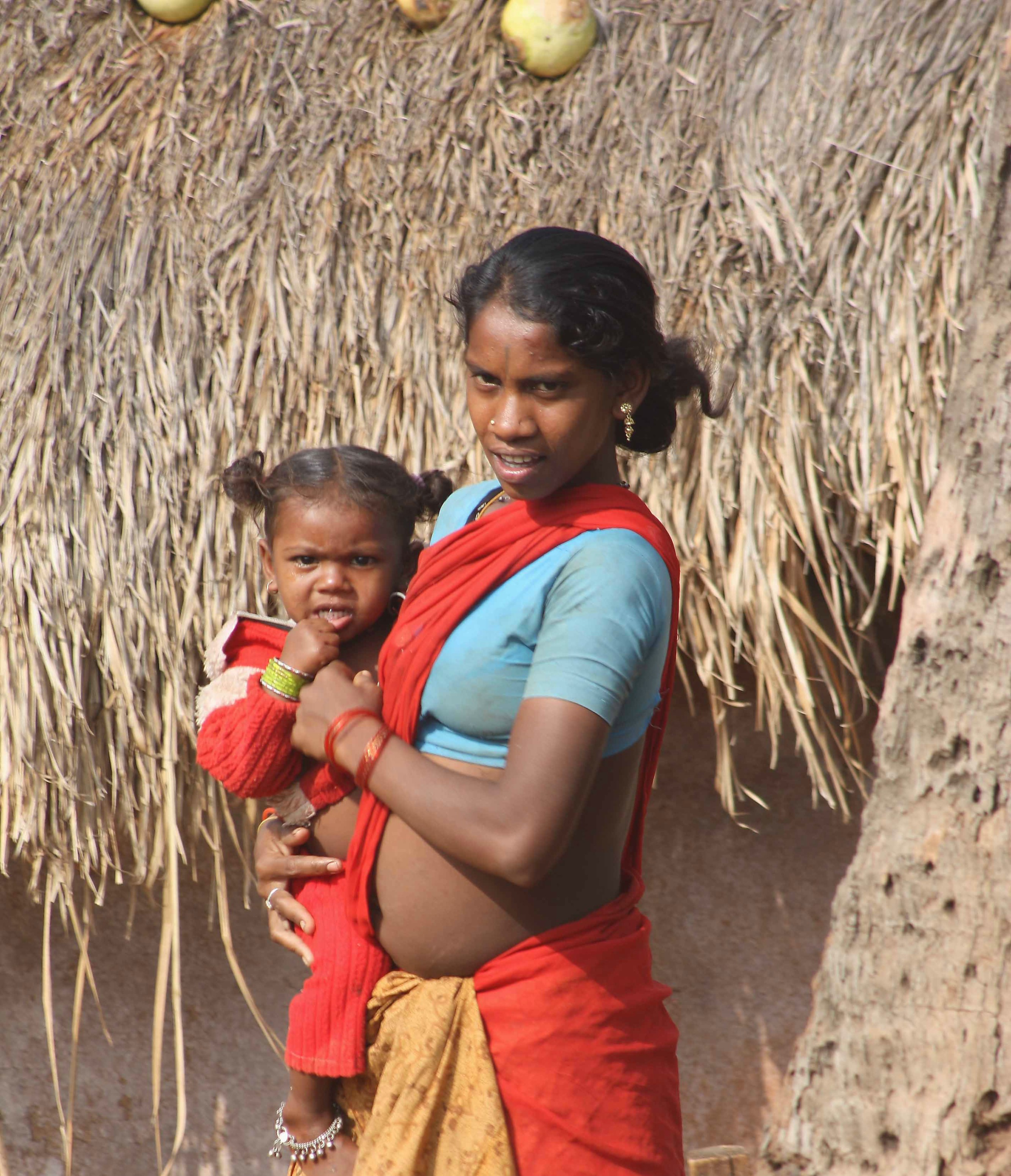
Breadcrumb
Child marriage and early childbearing: from evidence to action
India has the highest number of child brides in the world. It is estimated that 47% of girls in India are married before their 18th birthday. The incidence of early childbearing is also high. According to UNICEF 2012 figures, one in six girls between 15 and 19 years old have already given birth to their first child. Almost 60% married girls in the Young Lives study have already given birth by the age of 19 years.
Nevertheless, the last two decades have witnessed declining rates of child marriage and early childbearing. But rates are still high and the pace of decline is incredibly low in some states in the country.
Recently the Young Lives team in India brought together policy-makers, government representatives, academic researchers and NGOs to learn from two pieces of research; the findings from our longitudinal research on child marriage and early childbearing in Andhra Pradesh and Telangana; and findings from a survey by the Institute of Fiscal Studies on the PANKH programme (Promoting Adolescents' Knowledge,Engagement and HeInternational Center for Research on Women (ICRW) and Pradan.
Reflecting on these meetings over the last couple of weeks, a number of issues and points have stuck in my mind.
'Our goal cannot only be about ending child marriage, it is also equally important to ensure that children and young people live a life free from fear', according to development economist Dr Shiva Kumar. Young couples should enter into marriage freely and young women, in particular, should find the new household welcoming & safe.
Asia Director of ICRW, Dr Ravi Verma challenged us to think more deeply about the centrality of marriage; the way in which families, communities and children themselves think about girls’ pathways through life. Strategies to promote later marriage and delayed childbearing need to present positive alternatives which put girls’ wishes and aspirations at centre stage; whilst working with families & communities, particularly with men & boys, to address concerns about safety, poverty, valuing girls, towards building & ensuring an enabling environment.
The chief guest at the Delhi event, the Chairperson of the National Commission for Protection of Child Rights, Ms Stuti Kacker highlighted the importance of having state and region specific information when it comes to the drivers of early marriage and the cultural rituals, traditions and festivities reinforcing child marriage.
The need for local information was also driven home in the Jaipur meeting where we highlighted the findings that having an older brother makes early marriage more likely for a younger sister in Andra Pradesh, but having an older sister makes early marriage less likely, but the baseline findings from Rajasthan found that having an older sister also increased the likelihood of child marriage for younger girls; We’d be interested to find out if an age gap between siblings would be relevant.
Dr Sushma Dureja, the Deputy Commissioner for Adolescent Health in the Ministry of Health and Family Welfare, who chaired the session on evidence sharing, mentioning the RKSK (National Adolescent Health Programme) admitted that although India has great policies, to implement effectively, research findings need to be looked at more closely.
The stakeholders’ panel involving experts from DFID, UNFPA, UNICEF, McArthur Foundation, Save the Children and representatives from the government departments of education, women and child welfare, health and nutrition all agreed on a number of points;
- the issue of child marriage is not just about girls, it’s about gender dynamics and necessitates interaction and communication between boys and girls, in their families, schools and communities and beyond. Equity in parenting needs to start at the very early stages, as does the ability to realise and tackle intergenerational issues.
- The impact of education on child marriage and child bearing is so crucial, but we need to look beyond enrolment and focus on access towards high quality education which equips girls and boys to think for themselves. There is limited value in access to low quality secondary education.
- Linking marriage registration with the Aadhar card* may reduce the incidence of child marriage; along with enforcement of existing legislations within an enabling environment
- Non-judgemental and sensitive provision of health care services to young people, especially to married teenagers and enabling them to take informed decisions when it comes to reproductive and contraceptive choices is very important.
- There is need for convergence and complementing each other’s work at various levels from the village to the national level.
Child marriage and early childbearing have a long lasting impact on the lives of young girls and on boys and, of course, on their children. We need to get better at not just looking at the obvious causes. To reach that last mile and that last child we need to build policies and programmes based on what is now a very rich and complex evidence base. Overall, these recent meetings highlighted the need for successfully translating evidence into practice.
(* The Aadhar Card is an ID card issued to Indian citizens by the Government of India and is used to access services such as property registration, opening of bank accounts, distribution of food subsidies, and social welfare payments.)

